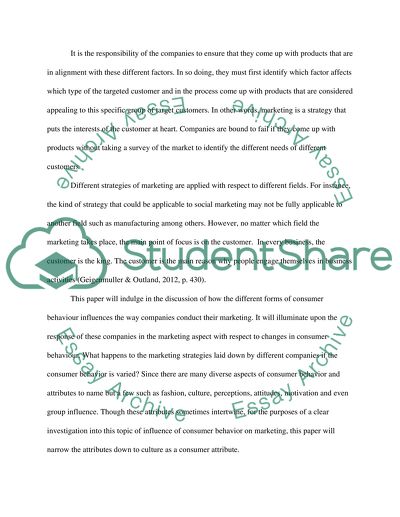Cite this document
(“Consumer behaviour and marketing Essay Example | Topics and Well Written Essays - 3000 words”, n.d.)
Consumer behaviour and marketing Essay Example | Topics and Well Written Essays - 3000 words. Retrieved from https://studentshare.org/marketing/1403496-consumer-behaviour
Consumer behaviour and marketing Essay Example | Topics and Well Written Essays - 3000 words. Retrieved from https://studentshare.org/marketing/1403496-consumer-behaviour
(Consumer Behaviour and Marketing Essay Example | Topics and Well Written Essays - 3000 Words)
Consumer Behaviour and Marketing Essay Example | Topics and Well Written Essays - 3000 Words. https://studentshare.org/marketing/1403496-consumer-behaviour.
Consumer Behaviour and Marketing Essay Example | Topics and Well Written Essays - 3000 Words. https://studentshare.org/marketing/1403496-consumer-behaviour.
“Consumer Behaviour and Marketing Essay Example | Topics and Well Written Essays - 3000 Words”, n.d. https://studentshare.org/marketing/1403496-consumer-behaviour.


